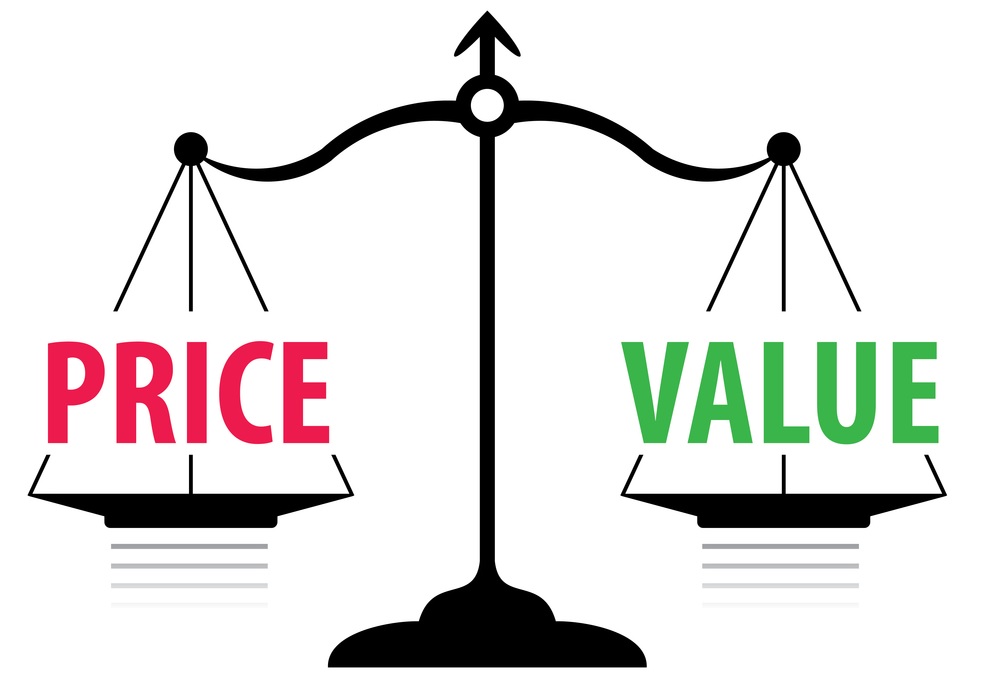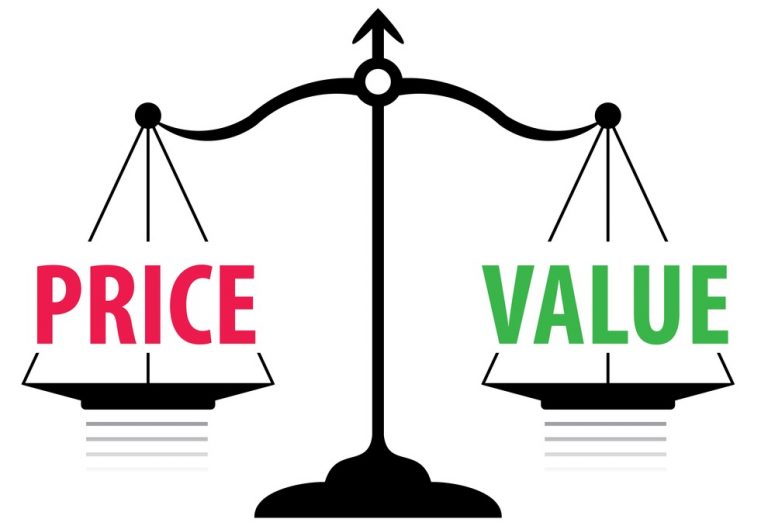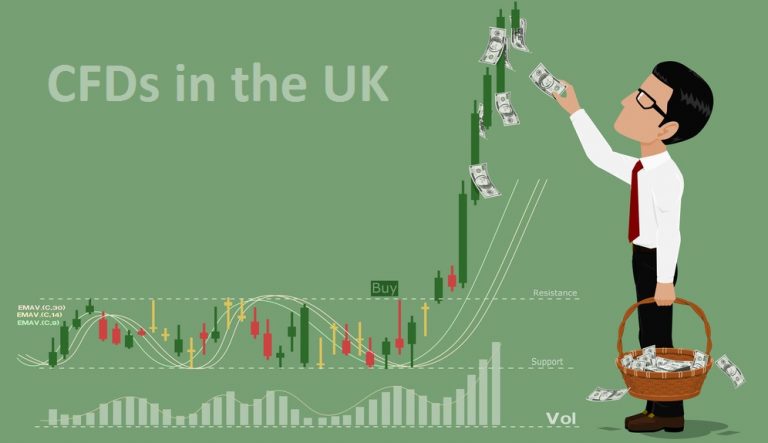
Contracts for difference can be a cost effective way to trade larger positions than might otherwise be the case, thanks to the interplay of leverage with market exposure. Because CFDs are traded on margin as a rule, traders can use this to their advantage in order to generate more substantial returns than would otherwise be the case. In fact, even the same positions in CFDs as in cash markets directly will yield substantially higher profits, and for this reason above any other, CFDs are a weapon of choice for many successful traders.
How Leverage Works With CFDs
The leverage which is built in to the CFD transaction is a type of finance, usually provided by the broker, to enable the trader to buy up greater positions than he would otherwise be able to. So, instead of investing your $100 directly, with the help of leverage, that $100 can become sufficient coverage for 5% margin on a total transaction size of $2000, with the remaining $1900 provided as a temporary, notional loan from the broker. Of course, this sum has to be paid back regardless of the outcome of the position, and as a result wayward trades can end up costing substantially more than would be the case in similar cash trades.
In addition to the black and white cost of repaying leverage, there are also daily financing costs to contend with, applied overnight on a daily basis, which effectively act to disincentivise positions that are held for too long. While it can be possible to hold a position over a few days or a few weeks or longer, the impact of financing charges does becoming an increasingly important factor for consideration, and it’s important to understand how charging works and the rate at which interest is payable with your broker.
Financing costs for CFDs are usually quoted with reference to LIBOR. LIBOR is a rate of interest, usually (although not always: see the 2008 banking crisis) closely tracks the base rate of interest. Rather than being set to track the Bank of England base rate, brokers use LIBOR as the basis for calculating their financing charges because this is the rate banks charge to lend to each other. By using this basis of financial charging, banks are able to more accurately reflect the costs of providing leverage finance than through using any other basis, such as the BoE base rate.
More on Financing Charges
Financing charges are usually charged at LIBOR +/- a certain percentage, depending on the cost your broker charges for providing leverage. So, for example, if the rate charged was LIBOR +/- 1%, you could expect to pay 1% beyond the basal LIBOR rate for long positions, and in return receive payment at 1% less than the LIBOR rate for short positions. Finding out the rate applied by your broker will allow you to perform more detailed calculations, with a view to increasing the accuracy of your forecasting. Especially for traders considering holding positions for the longer-term, getting to grips with the levels of charges applicable is crucial in helping build a full picture of how investments might yield a profit.






